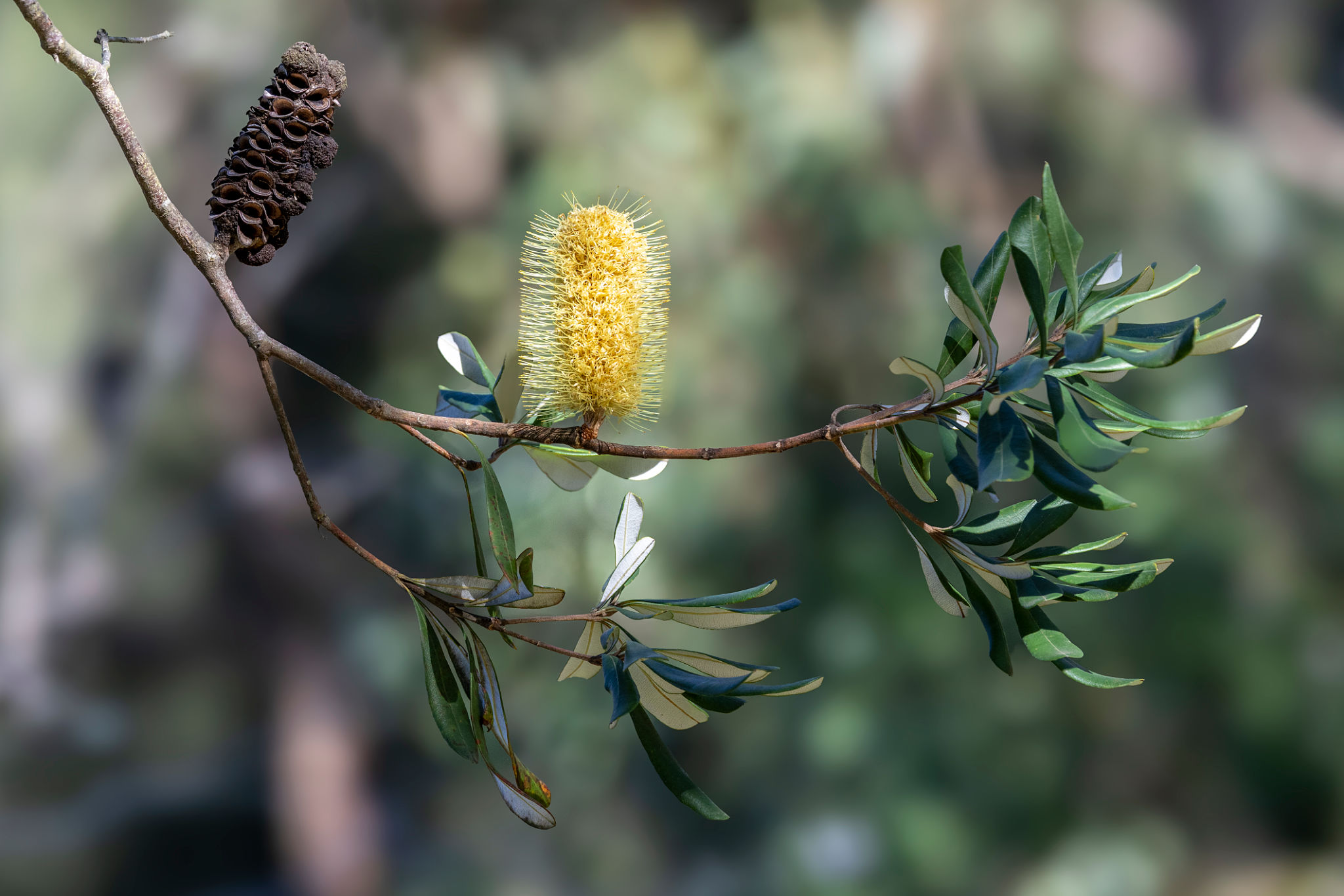How Bio-Swales Contribute to Walton County's Environmental Goals
Introduction to Bio-Swales
As Walton County continues to grow, maintaining its environmental integrity is a priority. One innovative solution contributing to the county’s environmental goals is the implementation of bio-swales. These landscape elements are not only visually appealing but also serve a crucial role in stormwater management.

What Are Bio-Swales?
Bio-swales are designed channels that use vegetation, soil, and natural processes to manage water runoff. These channels slow down water flow, allowing it to be absorbed into the ground, thus reducing the amount of runoff that reaches streams and rivers. This process also aids in filtering pollutants from the water.
The natural vegetation in bio-swales captures debris and sediments, while soil layers beneath help in breaking down pollutants. As a result, the water that eventually enters the waterways is cleaner and less likely to cause erosion or damage local ecosystems.
Enhancing Water Quality
One of the primary benefits of bio-swales is their ability to improve water quality. By filtering stormwater runoff, they reduce contamination levels in local water bodies. This is particularly important for Walton County, where maintaining clean water sources is essential for both ecological health and community well-being.

The reduction of pollutants like heavy metals, oils, and other urban contaminants is a significant step towards meeting environmental regulations and ensuring the safety of local flora and fauna. By integrating bio-swales into urban planning, Walton County is actively working towards a sustainable future.
Supporting Local Wildlife
Bio-swales not only protect water quality but also create habitats for local wildlife. The native plants used in these installations provide food and shelter for various species, promoting biodiversity within urban areas. This is crucial for maintaining ecological balance and enhancing the natural beauty of Walton County.
In addition to supporting wildlife, these green spaces offer aesthetic value to communities, making them attractive places for residents and visitors alike. The integration of nature into urban settings through bio-swales fosters a connection to the environment and encourages stewardship among community members.

Community Involvement and Education
Community involvement is key to the success of bio-swale projects in Walton County. Educational programs that inform residents about the benefits and functions of bio-swales help increase public support and participation. Workshops and volunteer opportunities allow community members to take an active role in environmental conservation efforts.
By fostering a sense of ownership and responsibility, these initiatives not only enhance local ecosystems but also empower residents to make informed decisions about their environmental impact. This collective effort is instrumental in achieving Walton County’s long-term sustainability goals.
Conclusion: A Sustainable Future for Walton County
Bio-swales are a vital component of Walton County’s strategy to achieve its environmental goals. By improving water quality, supporting wildlife, and engaging the community, these green infrastructures play a significant role in creating a sustainable future. As more communities adopt bio-swales, Walton County sets an example of how innovative solutions can lead to lasting environmental benefits.
